Intermarket Technical Analysis: Trading Strategies for the Global Stock, Bond, Commodity, and Currency Markets
$25.69
| Author(s) | |
|---|---|
| Format |
|
| Pages |
282 |
| Publication Year |
1991 |
This book is the result of my continuing research into the world of intermarket analysis. I hope the charts that are included will clearly demonstrate the interrela-tionships that exist among the various market sectors, and why it’s so important to be aware of those relationships. I believe the greatest contribution made by intermarket analysis is that it improves the technical analyst’s peripheral trading vision. Trying to trade the markets without intermarket awareness is like trying to drive a car without looking out the side and rear windows—in other words, it’s very dangerous.
The application of intermarket analysis extends into all markets everywhere on the globe. By turning the focus of the technical analyst outward instead of inward, intermarket analysis provides a more rational understanding of technical forces at work in the marketplace. It provides a more unified view of global market behavior. Intermarket analysis uses activity in surrounding markets in much the same way that most of us have employed traditional technical indicators, that is, for directional clues. Intermarket analysis doesn’t replace other technical work, but simply adds another dimension to it. It also has some bearing on interest rate direction, inflation, Federal Reserve policy, economic analysis, and the business cycle.
The work presented in this book is a beginning rather than an end. There’s still a lot that remains to be done before we can fully understand how markets relate to one another. The intermarket principles described herein, while evident in most situations, are meant to be used as guidelines in market analysis, not as rigid or mechanical rules. Although the scope of intermarket analysis is broad, forcing us to stretch our imaginations and expand our vision, the potential benefit is well worth the extra effort. I’m excited about the prospects for intermarket analysis, and I hope you’ll agree after reading the following pages.
Contents:
- A New Dimension in Technical Analysis
- The 1987 Crash Revisited—an Intermarket Perspective
- Commodity Prices and Bonds
- Bonds Versus Stocks
- Commodities and the U.S. Dollar
- The Dollar Versus Interest Rates and Stocks
- Commodity Indexes
- International Markets
- Stock Market Groups
- The Dow Utilities as a Leading Indicator of Stocks
- Relative-Strength Analysis of Commodities
- Commodities and Asset Allocation
- Intermarket Analysis and the Business Cycle
- The Myth of Program Trading
- A New Direction
Intermarket Technical Analysis: Trading Strategies for the Global Stock, Bond, Commodity, and Currency Markets By John J. Murphy pdf
16 reviews for Intermarket Technical Analysis: Trading Strategies for the Global Stock, Bond, Commodity, and Currency Markets
Clear filtersOnly logged in customers who have purchased this product may leave a review.

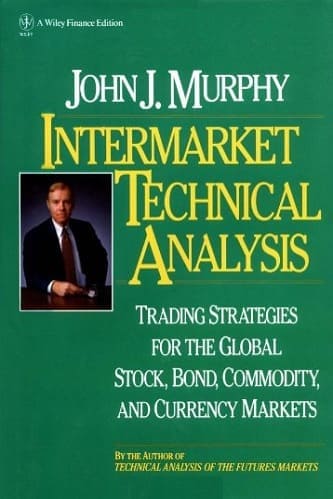

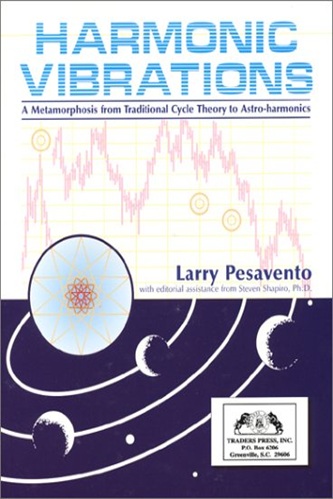
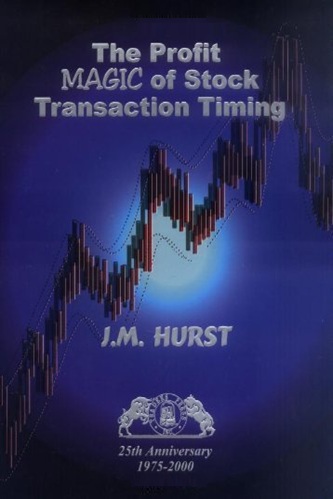
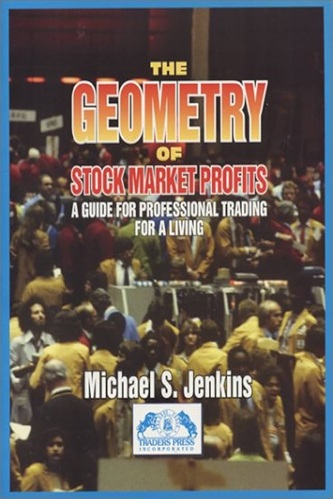
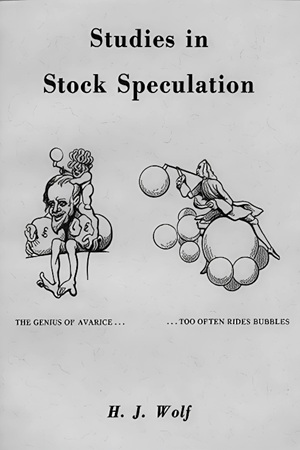

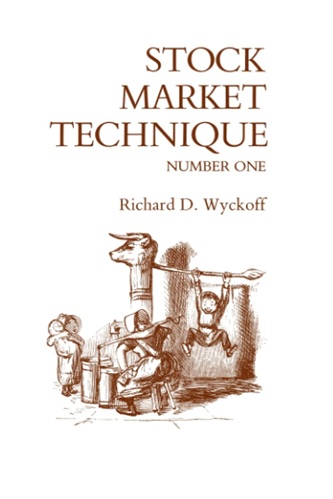
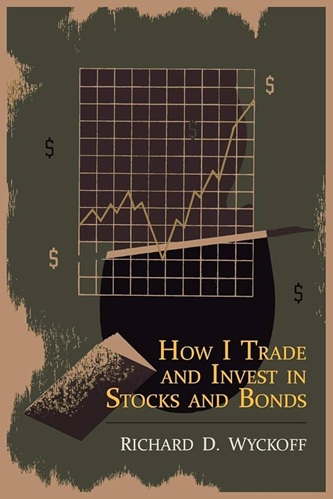
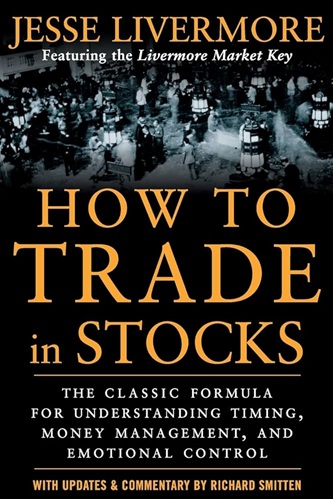
Lea Ayers (verified owner) –
Great book to add to knowledge, loads can be achieved and great outlook, although you need to relate some data to today’s environment sensibly.
Jaelynn Barber (verified owner) –
I’m going to give a resume of the book
At the beginning the author says
“Look at this chart and compare to that one”
So, ate the and he says
“You have looked at the chart and compared”
And you feel like
“What did I get from this book?”
Anyway, I dont think it was worth .
Rio Cortes (verified owner) –
Which way is the market headed? Before reading this book, I never really had a firm clue. I would usually just wind up agreeing with the concensus of so-called “experts”. Now, Murphy has shown me (through visual analysis) how signs of major market turning points can be easily perceived by anyone. I can now make up my own mind as to the direction of the markets just as I already pick my own investments. A true classic!
Chana Powell (verified owner) –
This is a book that everyone should read. Even if you don’t trade this is a great book about economics and will help anyone to understand what moves the markets and why. There are numerous charts in this book comparing different markets to each other in a plain easy to understand format. As a technical book goes this one is easy to comprehend will give the reader a much greater knowledge of the markets and the economy in general. As a trader myself this is one of the best books out on this subject I know of and one of the best books I have read on trading period. As an example a few years ago lots of economists were talking deflation. If you had of read this book you would have known that we were not heading into a period of deflation but inflation. What is presented in this book is not an exact science but will give the reader insight to what the future economic situation will be.
Heath Vaughan (verified owner) –
This book and its concept dwells into the area of the financial markets and how they affect each other. Its theory meshes with various other market theories in that if one market goes up, another may respond differently. This is one of the handful of books i would recommend to anyone beginning to get serious about the financial markets. I first picked this up in a state library, much to my amazement it was brand new and never borrowed, much like a lot of the information in it.
Solomon Duncan (verified owner) –
Those who were reluctant to accept the benefits of intermarket analysis after reading Intermarket Technical Analysis (1991) will find making the paradigm shift much easier after reading his latest book published in February 2004 called Intermarket Analysis. Murphy has the benefit of some monumental market events in the last three decades to demonstrate his case and he uses them to great effect.
As John pointed out in an interview for Stocks & Commodities magazine I did with him in December 2003, it was his original goal to write the quintessential intermarket book but then found the topic so involved that each chapter could have become a book. There is just so much to discuss. Attempting to cover anything but a small snippet in a review is sheer folly. It is also impossible to do the book justice.
Markets have become so interdependent in the last decade, a correlation that continues to strengthen with time. If those who suffered financial ruin between 2000 and 2002 had read Intermarket Technical Analysis, how many of them could have avoided huge losses and even profited from what occurred? We will never know for sure but is it a risk they anyone can afford to take, especially when considering that the cost of avoidance (cost of the book) is less than $50? For those serious about making money in the market and keeping it, his new book, Intermarket Analysis is an absolute must!
Nancy McLaughlin (verified owner) –
You’ll learn a lot from this book. Most investors sit obsessively focused on the market averages. They’ll cut on their TV and see the ticker on CNBC be in the green and feel elated or else they’ll see it red and get worried. Murphy’s book will show you how a study of the bond, currency, and commodities markets along with an analysis of the stock market will help you see the big picture and get a better feel for where the economy and all of the markets are going. The past 3 years has proven to us that just because the stock market has a rally doesn’t mean we are on the verge of a big economic boom or a new bull market.
Murphy demonstrates how each of these four sectors interact with one another and the business cycles and if you can grasp the lessons he teaches you then you’ll have a clearer understanding of what drives the financial markets. Once you understand these cycles you will be able to forecast the intermediate term trend of the markets. It really isn’t that complicated.
The only negative about this book is that it reads like a textbook. It takes a theory of how these markets rotate with one another and demonstrates it with example after example. It takes work to get through the book, but the payoff is well worth it. In fact the lessons in this book are critical to anyone who wants to become a successful investor. In today’s environment of rapid boom and bust in which market timing is critical they are more important than ever. Even though it is 10 years old, this is the best book on the subject.
Emmeline Donovan (verified owner) –
this book is the best for a market system for market studies if you truly want to know the market.
Robin Hinton (verified owner) –
I found it a very fine book to learn and look at the markets in real time.
Ibrahim Stout (verified owner) –
Really insightful book. I learned a lot from this. Thank you to John Murphy for sharing this information. This copy is useful even after all these years.
Bennett Holloway (verified owner) –
A bit deceiving.
Kendall McCann (verified owner) –
Good technical book for starters and advanced
Annabella Dejesus (verified owner) –
There is still no better book on the subject available on the market!
Brayan Fitzpatrick (verified owner) –
Though the information is limited in the late 70’s through the 80’s and early 90’s Murphy shows the importance of how each of the 4 markets move and affect one another. He shows how to read when money is being moved, makes strong qualified suggestions on how to make money when the stock market moves. He gives insight to have knowledge of a precursor to market crashes, how to read them before they come, why they exist and how not to get caught in the crashing wave of its destruction. Since I lived though those years, the information was pertinent to me while helping me to apply his insights to today’s global market. It is a must read book for any investor.
Ulises Barrett (verified owner) –
Definitly one of the best Book ever read about intermarket correlation.
Baker Bernal (verified owner) –
In this book John Murphy explains the interactions of the four major market sectors mentioned in the book’s title. He structures his analyses around the concept of the business cycle, the recurring boom and bust loop which the economy has gone through over the past two centuries. Showing how the four major sectors (as well as other economic factors) interact in feedback loops to drive the business cycle, he gives us the information we need to see what stage of the cycle we’re currently experiencing and where we’re headed. Knowing this we can better decide where to park our assets in the short and medium-term future. His outline of the various stages of the business cycle is very helpful, even though it’s a rough guide. For instance, although gold does not seem to have played its assigned role in this scheme, it is clear that commodities did bottom in the third quarter of last year, signaling that a market top would follow in the not-too-distant future. Thus, even though the stock market is a dynamic system and cannot be exactly predicted, there are patterns that take a huge amount of guesswork out of charting one’s way through it. This book thoroughly explores those patterns and provides the investor/trader a solid support for making financial decisions.